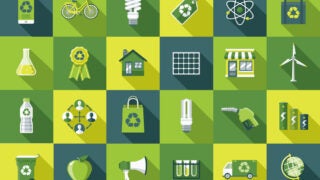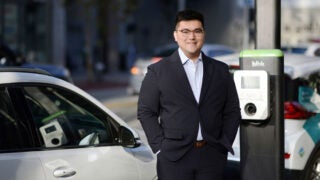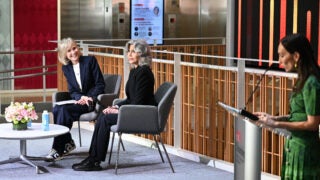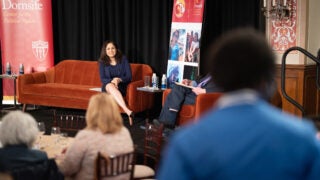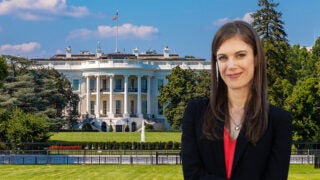EARTH MONTH: Representatives of the USC Office of Sustainability spoke with students about what’s been done, what’s in the works and what needs to happen to create a greener university.
Sustainability
News Listing
EARTH MONTH: The increase in climate-related disasters and pollution disproportionately affecting marginalized communities makes climate change a core social justice issue.
EARTH MONTH: The nation’s highest court is considering putting a hold on a clean air rule that requires upwind states to reduce pollution affecting their downwind neighbors. USC environmental law expert Robin Craig weighs in.
EARTH MONTH: USC Dornsife’s Wrigley Institute for Environment and Sustainability will use the Ballmer Group gift to study decarbonization strategies
EARTH MONTH: USC Price master’s student Dylan Qichen Di researched the market viability of smaller and more affordable electric vehicles.
EARTH MONTH: The two-time Oscar winner inspired students during a wide-ranging conversation with USC Annenberg Dean Willow Bay.
EARTH MONTH: The fifth annual event packed Town and Gown on Thursday afternoon and featured several discussions and Q&As.
USC Dornsife researchers are broadening our understanding of the tribe’s sustainable practices and its ancient customs and culture.
The associate professor has been appointed 2024 assistant director for energy systems innovation at the White House.
EARTH MONTH: USC Viterbi’s Kandis Leslie Gilliard-AbdulAziz looks at plastic waste, orange peels and corn husks and sees a potential beneficial to society.

